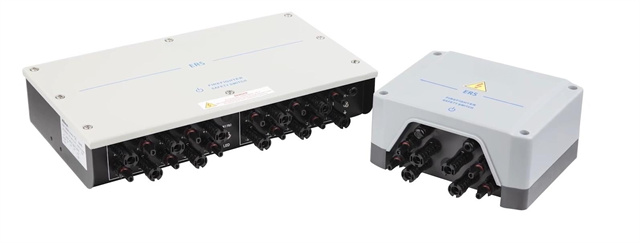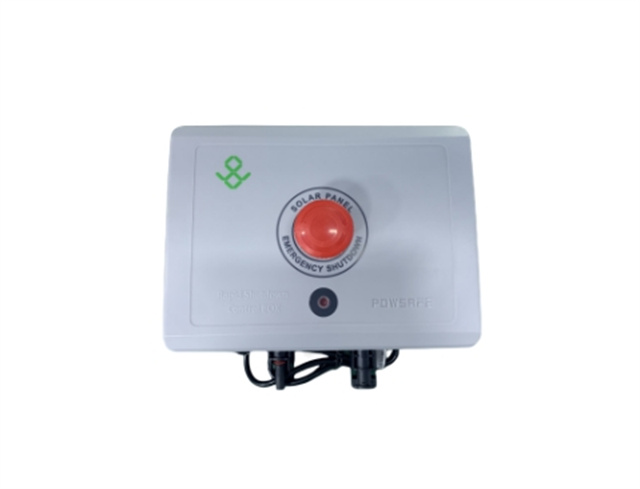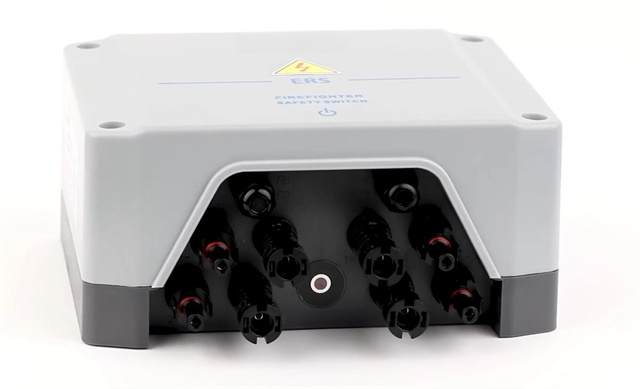Author:BLD Solar Energy SystemFROM:Solar System Converter Manufacturer TIME:2023-08-18
Guidelines for Using the Solar Rapid Shutdown Code System

The solar industry has witnessed significant growth over the years, with an increasing number of residential and commercial properties adopting solar photovoltaic (PV) systems. However, ensuring the safety of installers and emergency responders during system maintenance or emergency situations is crucial. To address this concern, the Solar Rapid Shutdown (RSD) Code System was developed to provide a uniform method for shutting down a solar PV system quickly. This article aims to provide guidelines on effectively utilizing the Solar RSD Code System.

The Solar RSD Code System involves the integration of specific equipment and wiring configurations to enable the rapid shutdown of solar PV systems. It is designed to ensure that no energized conductors or electrical equipment are accessible when the system is shut down. This helps reduce the risk of electrical shocks, fires, and other hazards during maintenance or emergency events.
There are various components of the Solar RSD Code System, including module-level power electronics, rapid shutdown devices, control signaling methods, and conductor routing requirements. These elements work together to achieve rapid system shutdown and comply with safety regulations.

When implementing the Solar RSD Code System, it is important to follow these guidelines:
In conclusion, the Solar Rapid Shutdown Code System is a critical component in ensuring the safety of solar PV system installations. By understanding and implementing the guidelines outlined above, installers and system operators can effectively utilize the Solar RSD Code System to minimize risks and comply with safety regulations. It is essential to stay updated with the latest codes and regulations to ensure ongoing compliance and system safety.
